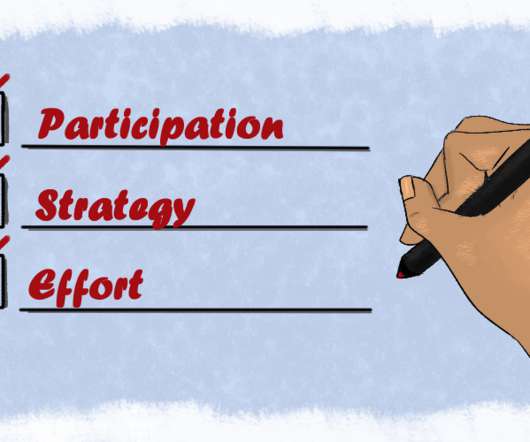Strengthening program evaluation in your nonprofit
ASU Lodestar Center
OCTOBER 16, 2020
ECB involves a series of steps taken by an evaluator (internal or external) to build evaluative knowledge and skills, create a culture of continuous learning and accountability, and make resources readily available. Does the staff have any evaluation experience? Staff with position, rank, or experience. are available?













Let's personalize your content